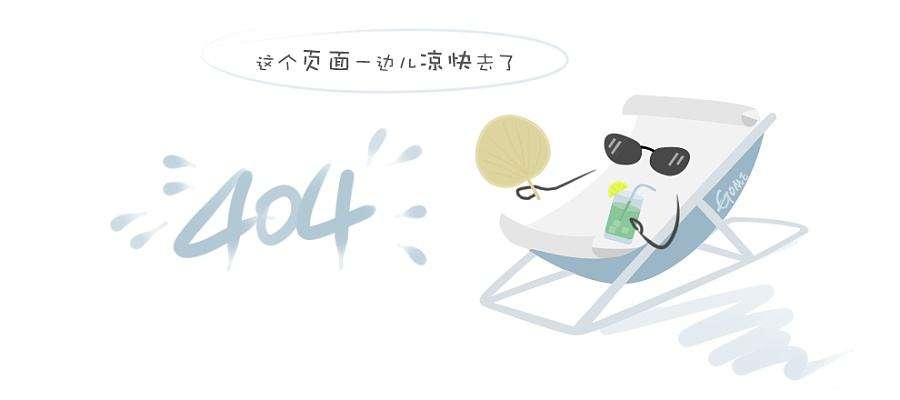technical

01 crack
crack is a common defect in plastic products, which is mainly caused by stress and deformation. there are mainly residual stress, external stress and stress deformation caused by external environment.
(1) cracks caused by residual stress
residual stress is mainly due to the following three conditions: excessive filling, demoulding and metal inlay. as a crack in the case of overfilling, its solution can mainly start from the following aspects:
since the pressure loss of the direct gate is the smallest, if the crack is mainly near the direct gate, the multi-point distribution gate, side gate and handle gate can be used instead.
(2) on the premise of guaranteeing the non-decomposition and non-deterioration of the resin, properly increasing the temperature of the resin can reduce the melting viscosity, improve the fluidity, and also reduce the injection pressure to reduce the stress.
(3) in general, the stress is easy to occur when the die temperature is low, and the temperature should be raised appropriately. however, when the injection rate is higher, the stress can be reduced even if the die temperature is lower.
(4) stress will also occur if the injection and holding time are too long. it is better to shorten the injection or switch the holding time several times.
(5) non-crystalline resins, such as as resin, abs resin and pmma resin, are more likely to produce residual stress than crystalline resins such as polyethylene and polyformaldehyde, which should be paid attention to.
when demoulding is pushed out, because of the small slope of demoulding and the rough cavity and punch, the pushing force is too large and the stress is produced. sometimes, whitening or cracking occurs around the pushing rod. as long as the location of the crack is carefully observed, the cause can be determined.
when metal parts are embedded in injection moulding at the same time, it is easy to produce stress and crack after a period of time, which is very harmful. this is mainly due to the difference in thermal expansion coefficients between metal and resin, which results in stress and cracks over time when the stress exceeds the strength of the resin material which is gradually deteriorating.
in order to prevent the resulting cracks, the general polystyrene with wall thickness and external diameter embedded in metal parts is not suitable for inserting inserts, and the inserts have the least impact on nylon. because the thermal expansion coefficient of glass fiber reinforced resin material is small, it is more suitable for embedded parts. in addition, the preheating of metal inserts before forming also has a good effect.
(2) cracks caused by external stress
the external stress here is mainly due to the unreasonable design, which results in stress concentration, especially at the sharp corners.
(3) cracks caused by external environment
chemicals, water degradation caused by moisture absorption, and excessive use of recycled materials can deteriorate physical properties and cause cracks.
02 insufficient filling
the main reasons for insufficient filling are as follows:
a. insufficient resin capacity.
b. insufficient intracavity pressure.
c. the fluidity of resin is insufficient.
d. the exhaust effect is not good.
as improvement measures, we can start from the following aspects:
1. lengthen the injection time to prevent the resin reflux before curing of the gate from filling the cavity due to the short molding cycle.
2. increase injection speed;
3. increase the temperature of the die;
4. increase resin temperature;
5. increase injection pressure;
6. when the gate size is enlarged, the height of the gate should be equal to 1/2-1/3 of the wall thickness of the product.
7. the gate is set at the maximum wall thickness of the product.
8. it is more important to install an exhaust groove (average depth 0.03mm, width 3-5mm) or an exhaust rod for smaller workpieces.
9. there is a certain buffer distance between the screw and the injection nozzle.
10. select materials of low viscosity grade.
11 add lubricant.
03 folds and hemp surfaces
the cause of this defect is essentially the same as that of insufficient filling, but to varying degrees. therefore, the solution is basically the same as that mentioned above. especially for the resin with poor fluidity (such as polyformaldehyde, pmma resin, polycarbonate and pp resin etc.), more attention should be paid to increasing the gate and proper injection time.
04 shrinkage pit
the reason of shrinkage pit is the same as that of inadequate filling. in principle, it can be solved by excessive filling, but there is a danger of stress. in design, attention should be paid to the uniformity of wall thickness, and the wall thickness of reinforcement ribs, bulges and other places should be reduced as much as possible.
05 overflow
the emphasis of overflow treatment should be mainly on the improvement of die. in terms of forming conditions, we can start to reduce the fluidity. specifically, the following methods can be used:
1. reduce injection pressure;
2. reduce resin temperature;
3. select materials of high viscosity grade.
4. reduce die temperature;
5. grinding the die surface of overflow;
6. harder die steel is used.
7. improving clamping force;
8. adjust the joint surface and other parts of the accurate die.
9. increase the support column of the die to increase the rigidity.
10. determine the dimensions of different exhaust grooves according to different materials.
06 weld marks
the weld mark is caused by the fact that the front end of the melt resin from different directions is cooled and the bond is not fully fused. generally speaking, it mainly affects the appearance, painting and electroplating. when it is serious, it will affect the strength of the product (especially when the fiber reinforced resin is used). the following improvements can be made:
1. adjust forming conditions to improve fluidity. for example, increase resin temperature, mould temperature, injection pressure and speed, etc.
2. adding an exhaust groove and setting a push rod at the place where the weld marks occur are also conducive to exhaust.
3. minimizing the use of release agent;
4. set up the process spills and act as the place where the weld marks occur, then cut off and remove them after forming.
if only the appearance is affected, the gate position can be changed to change the weld line position. or the weld lines can be treated as dark glossy surface to be modified.
analysis of gas-assisted inj...
the four stages of filling, h...


no.1999 kehang road, high-tech zone, jinan, shandong, china

0531-83532811



qq customer service: 3153204487
working day:8:30 - 17:30
telphone:0531-87176888
consult now
sweep and focus on the public number